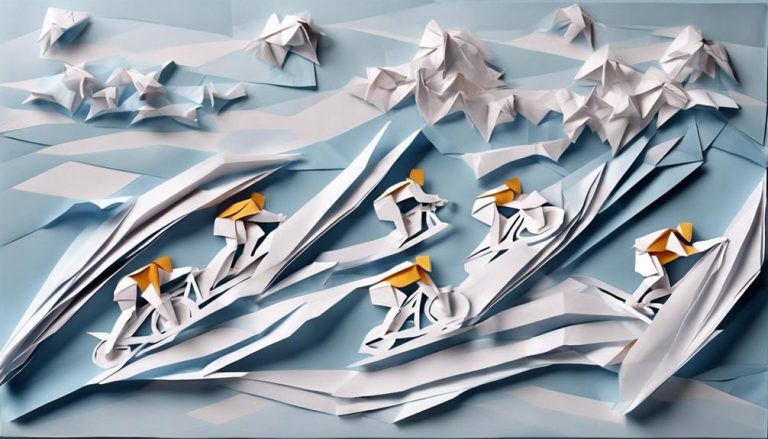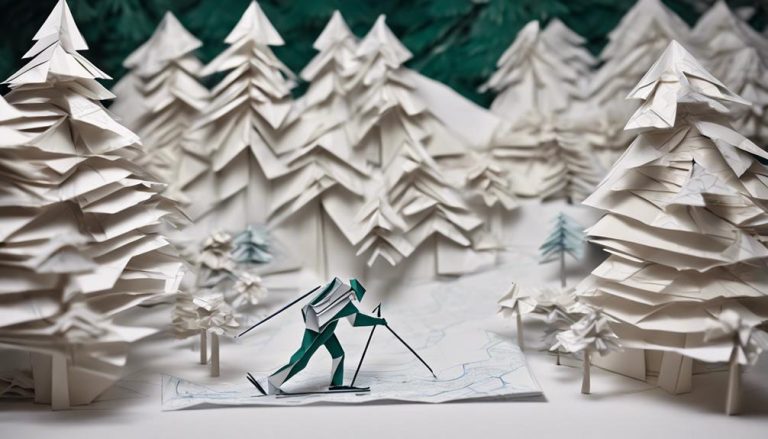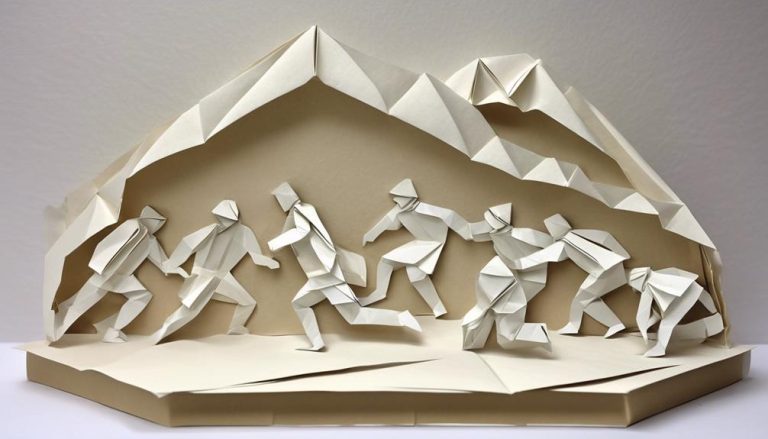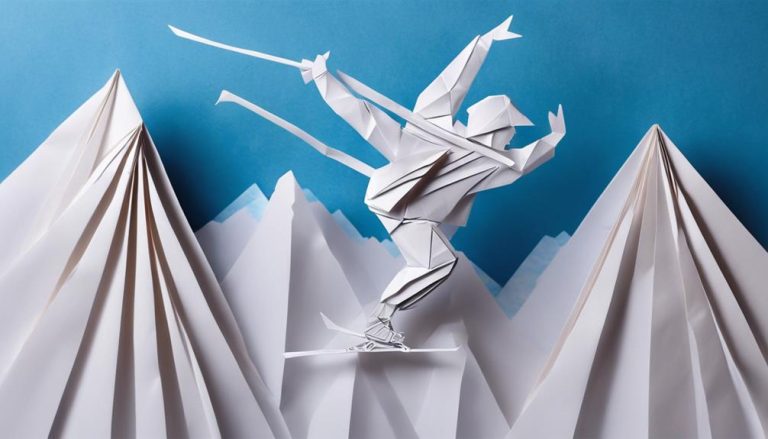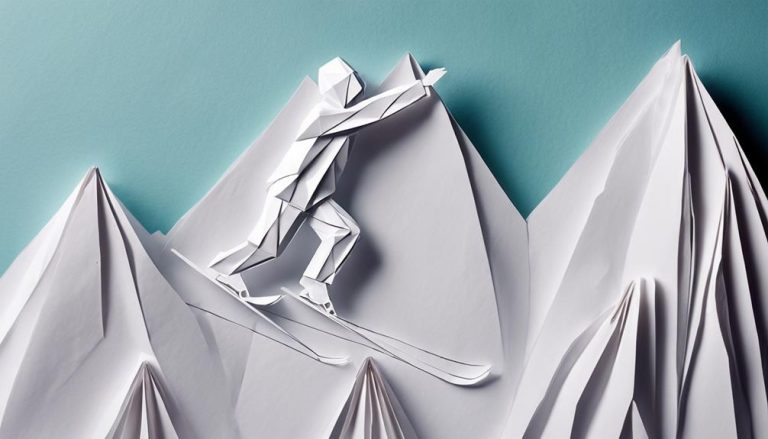General Rules of Acroski (Ski ballet)
Ski ballet, also known as acroski, is a form of freestyle skiing that involves performing a series of dance-like movements on skis. It was developed in the 1970s as a way to add a new element to freestyle skiing competitions.
Ski ballet involves performing a series of spins, turns, and jumps on skis to music, often in a choreographed routine. It was originally included as an event in the World Cup freestyle circuit and the Winter Olympics, but it was dropped from the Olympic program after the 1992 Winter Games and is no longer a recognized competitive discipline.
Despite no longer being a competitive discipline, ski ballet continues to be enjoyed by skiers as a fun and creative way to express themselves on the slopes.
Scoring in Acroski
Ski ballet, also known as acroski, is a freestyle skiing discipline in which skiers perform a choreographed routine of jumps, spins, and other tricks on skis. Scoring in ski ballet is based on the difficulty and execution of the routine, as well as the skier’s presentation and artistic expression. Judges award points on a scale of 0 to 10 for each element of the routine, with a maximum score of 100 points. The skier with the highest score is the winner.
Common Terminologies in Acroski
Here are some common terms used in ski ballet:
- Line: A line is a series of tricks performed in a row without stopping.
- Pass: A pass is a series of tricks performed by a skier.
- Trick: A trick is a specific maneuver performed on skis, such as a jump, spin, or flip.
- Balance: Balance refers to the skier’s ability to maintain control and stability while performing tricks.
- Control: Control refers to the skier’s ability to execute tricks with precision and accuracy.
- Style: Style refers to the skier’s personal expression and artistic interpretation of the routine.
- Difficulty: Difficulty refers to the level of difficulty of the tricks being performed.
- Execution: Execution refers to the skier’s ability to perform tricks smoothly and without errors.
- Presentation: Presentation refers to the overall performance of the skier, including their posture, body language, and use of music and costume.
Equipment in Acroski
In ski ballet, skiers typically use shorter, softer skis than those used in alpine skiing. The skis are designed to be more maneuverable and easier to control in the air. Ski ballet skiers also often wear specialized boots with a lower profile and more flexible sole to allow for greater movement and control. Other equipment used in ski ballet may include helmets, gloves, and protective padding.
10 General Rules of Acroski (Ski ballet)
Here are ten general rules that are often used in ski ballet competitions:
- Competitors must perform a routine that includes a series of tricks, jumps, and spins.
- Routines must be performed to music and may include use of props.
- Skiers must start and end their routine within a designated area.
- Skiers must wear appropriate safety equipment, including a helmet and protective padding.
- Skiers may not leave the designated competition area during their routine.
- Skiers may not receive assistance from anyone during their routine.
- Skiers may not interfere with the performance of other competitors.
- Points will be deducted for mistakes or errors in the routine.
- Points will be awarded for difficulty, execution, style, and presentation.
- The skier with the highest score at the end of the competition is the winner.



